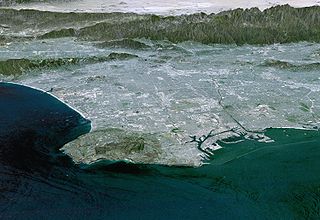
A new national standard for fine particle pollution (PM 2.5 or particulate matter pollution 2.5 micrometers in diameter) was issued by the U.S. Environmental Protection Agency (EPA) on Dec. 14, 2012, set at 12 micrograms per cubic meter of air. This replaces the previous standard of 15 micrograms per cubic meter, established in 1997.
By year 2020 projections are 99 percent of all U.S. counties will meet the updated health standard, sans any further action, according to information presented by the EPA in a press release.
“It is expected that fewer than 10 counties, out of the more than 3,000 counties in the United States, will need to consider any local actions to reduce fine particle pollution in order to meet the new standard by 2020, as required by the Clean Air Act. The rest can rely on air quality improvements from federal rules already on the books to meet this new standard.”
In actuality, only seven counties are not projected to meet the new standard by the target date, those being: Imperial, Kern, Los Angeles, Merced, Riverside, San Bernardino and Tulare, all in California.
The ruling – handed down in a federal court – that “required the EPA to update the standard” was “based on [the] best available science,” the EPA noted in the release.
“By 2030, it is expected that all standards that cut PM2.5 from diesel vehicles and equipment alone will prevent up to 40,000 premature deaths, 32,000 hospital admissions and 4.7 million days of work lost due to illness.”
Meanwhile, in “Fighting Soot In The Air,” in Chemical & Engineering News from the American Chemical Society, author Glenn Hess, wrote: “Norman H. Edelman, chief medical officer of the American Lung Association, says it has been established that particle pollution is harmful at levels well below those previously deemed to be safe.”
The newly adopted standard which, incidentally, is more protective of human health, is a major step forward with respect to fine particle pollution cleanup.
Image above: NASA
Published by Alan Kandel